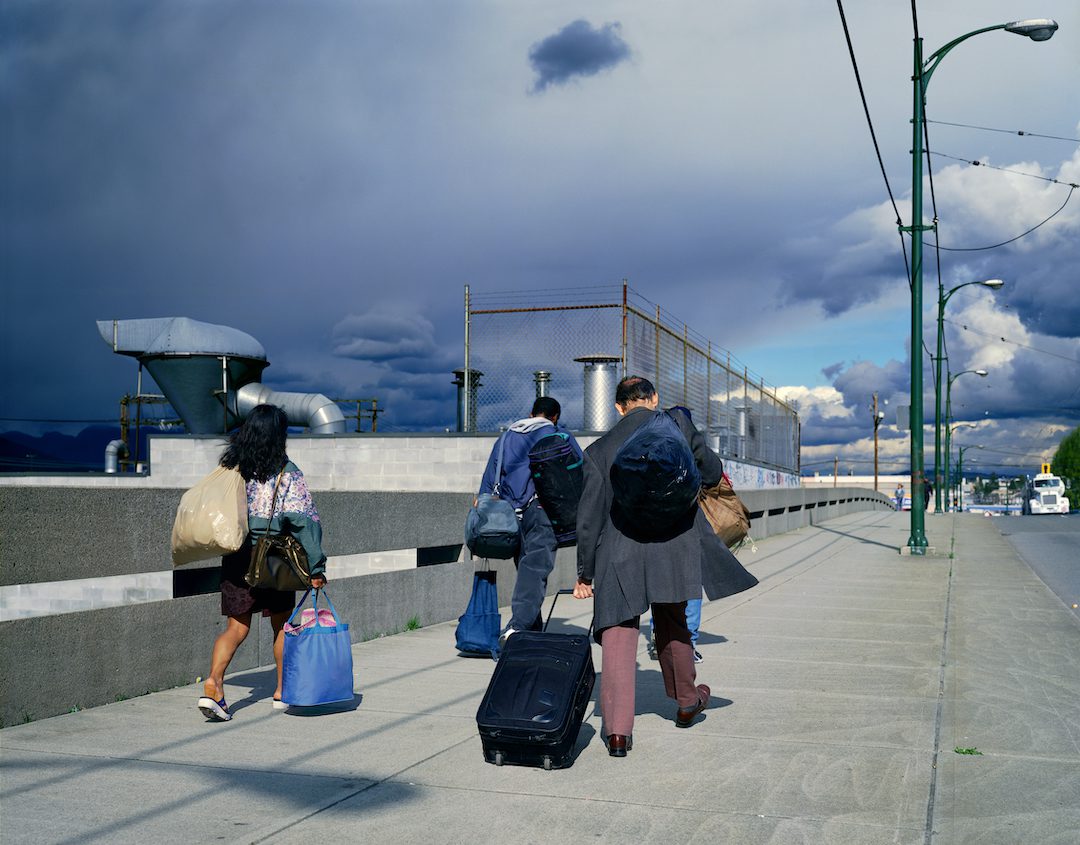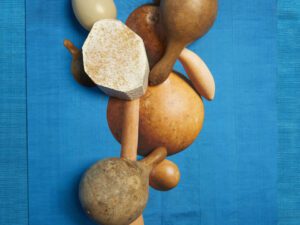Photography has long functioned as a mirror to society, capturing fleeting moments of daily life while probing the structures that shape our existence. Few events embody this as fully as FOTO/INDUSTRIA, the Photography Biennial of Industry and Work, now in its seventh edition. Founded to explore the intersections of labour, technology and visual culture, the biennial has carved a distinctive voice on the international art calendar, marrying rigorous curation with sensitivity to social and economic narratives.
Organised by Fondazione MAST in Bologna, FOTO/INDUSTRIA has evolved from a local initiative into a global platform, bringing together photographers, critics, collectors and audiences in a sustained dialogue about contemporary life. Over the past decade, it has become a multidisciplinary lens through which the complexities of industry, work and now the notion of home are examined. This year, under the direction of Francesco Zanot, the biennial turns inward, both literally and metaphorically, with the theme HOME. From 7 November to 14 December, 10 exhibitions will unfold across seven historic venues in Bologna’s city centre, complemented by the solo presentation of Canadian photographer Jeff Wall at MAST Galleries.
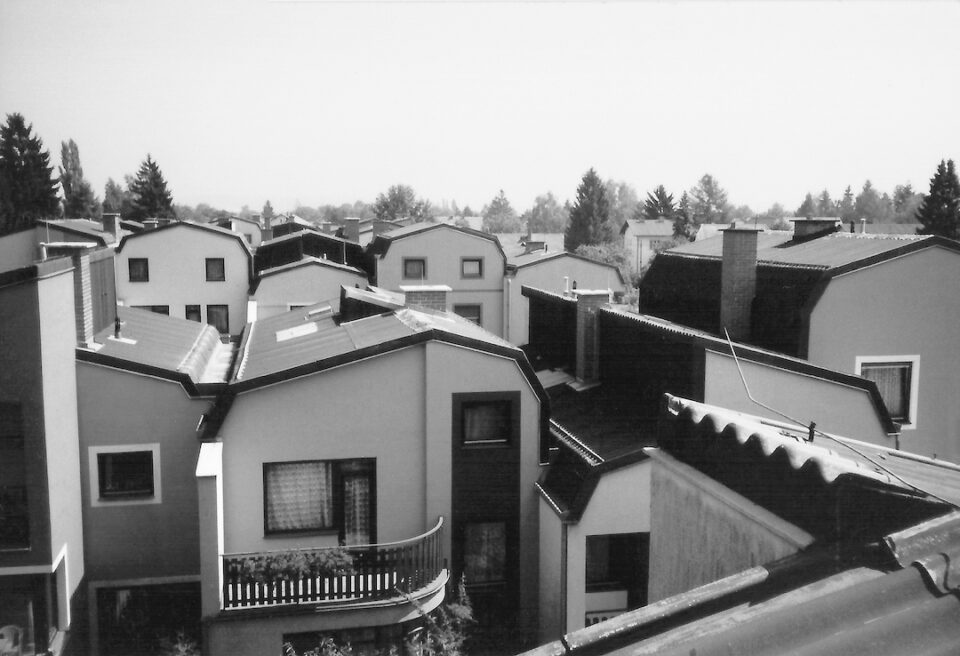
FOTO/INDUSTRIA’s significance is best understood in the context of the global photography circuit. International fairs and biennials such as Paris Photo, Photo London, The Photography Show in New York and Rencontres d’Arles function as critical nodes in the network of contemporary photography. Paris Photo, widely regarded as the preeminent fair, unites collectors, galleries and artists in an annual celebration of both historic archives and contemporary practice. Photo London emphasises curatorial and editorial dialogue, fostering conversation between emerging talent and established figures.
Meanwhile, The Photography Show in New York provides a marketplace-driven model, blending commercial focus with thematic sections interrogating social, political and environmental concerns. Arles, the oldest photography festival in Europe, serves as an experimental laboratory, allowing ambitious long-term projects to be realised within the historic streets and ruins of Provence. Each of these platforms underscores photography’s dual nature as both commodity and discourse. Within this spectrum, FOTO/INDUSTRIA occupies a singular niche: it interrogates industrial, labour and social narratives while embedding them in Bologna’s rich cultural and architectural landscape.
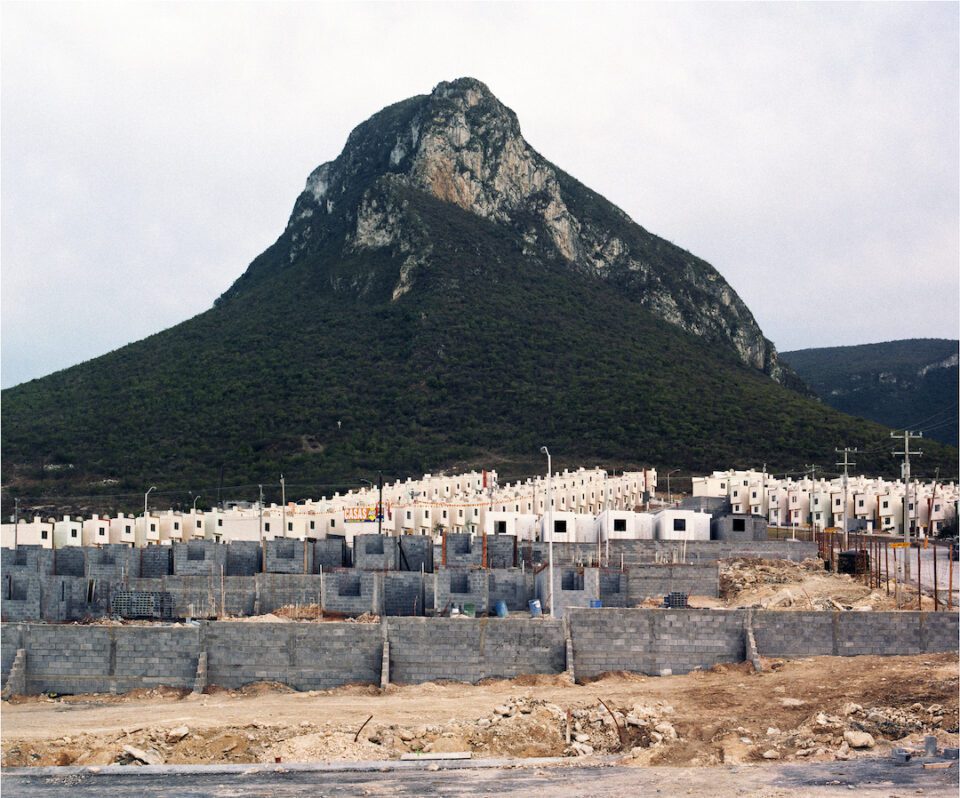
The 2025 edition is particularly ambitious, exploring the home as both tangible space and cultural artefact. As Zanot observes, the home is “a space of memory and transformation,” shaped by technology, politics and social practice. The exhibitions trace its evolution across geographies and historical periods, inviting reflection on the ways housing mediates identity, labour and belonging.
In Palazzo Bentivoglio, Matei Bejenaru’s ongoing series Prut captures villages along the Romanian-Prut River, a landscape suspended between tradition and the pressures of European integration. Begun in 2011, the project reflects Romania’s accession to the European Union in 2007, portraying rural life as both timeless and precarious. Bejenaru’s images evoke political transitions, economic cycles and ecological change while celebrating the quiet rituals of daily existence. At Palazzo Vizzani, Alejandro Cartagena’s A Small Guide to Homeownership chronicles the sprawling suburbanisation of Monterrey, Mexico. Over thirteen years, Cartagena interrogates the paradox of homeownership: a pursuit framed as stability yet producing fragmented, environmentally strained landscapes. By organising his images into sections on neighbourhoods, inhabitants, environmental impact and transport, he exposes the contradictions of urban development and the fragility of promises attached to property. Forensic Architecture, the London-based research collective, interprets the home as a contested and politicised space in Looking for Palestine. Through architectural reconstructions, historical photographs and digital models, the group documents the destruction of Palestinian villages from 1948 onwards. Their work demonstrates that housing is inseparable from geopolitics, human rights and environmental transformation. By positioning architecture as investigative tool and artistic medium, they bridge activism, research and visual storytelling.
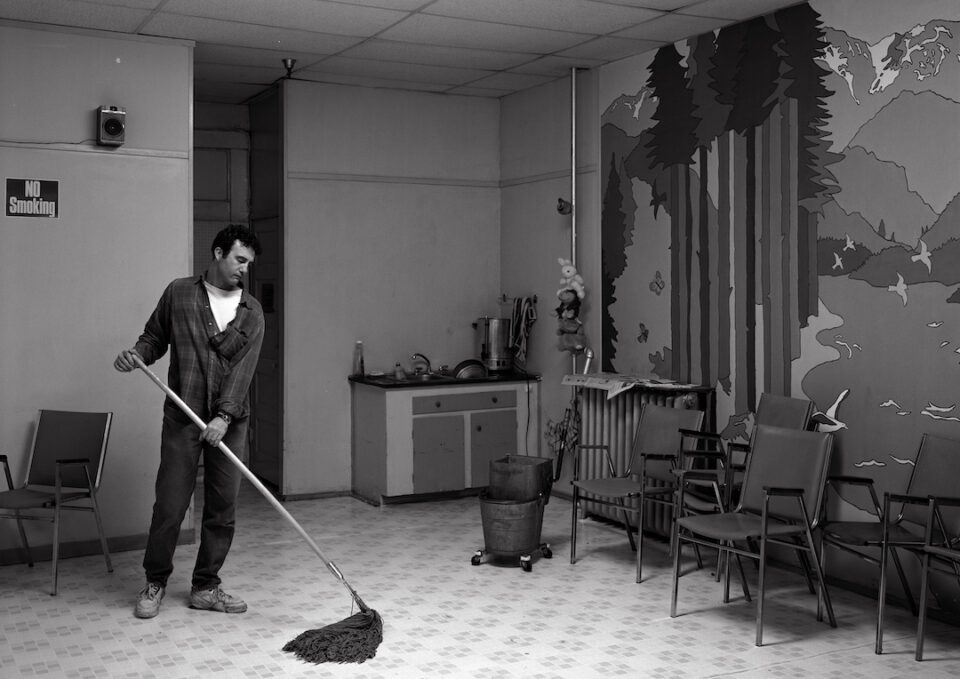
FOTO/INDUSTRIA also foregrounds emerging and mid-career artists whose interpretations of home resonate across time and place. In previous editions, photographers such as Gabriele Basilico, Zanele Muholi and Taryn Simon have explored urban landscapes, social belonging and institutional power. The programme has featured names like Thomas Struth, whose images of urbanity interrogate human interaction with industrial spaces, and Rinko Kawauchi, whose intimate documentation of everyday life balances lyricism with social commentary. This continuity underlines FOTO/INDUSTRIA’s dual focus: probing global issues while foregrounding photography’s humanistic and aesthetic capacities.
At the heart of the 2025 edition is Jeff Wall, whose solo exhibition Living, Working, Surviving at MAST provides a conceptual and visual anchor. Wall, a seminal figure in contemporary photography, blurs the boundaries between documentary and constructed imagery. His meticulously staged tableaux, large-scale light boxes and black-and-white prints capture postmodern and late-capitalist life with cinematic intensity. Curated by Urs Stahel, the show examines how people inhabit and adapt to complex social and economic environments. Wall’s luminous compositions resonate deeply with FOTO/INDUSTRIA’s theme of home, reflecting both its material and psychological dimensions. Open until 8 March 2026, the show provides a crucial counterpoint to the biennial’s other explorations of domesticity, labour and social structure.
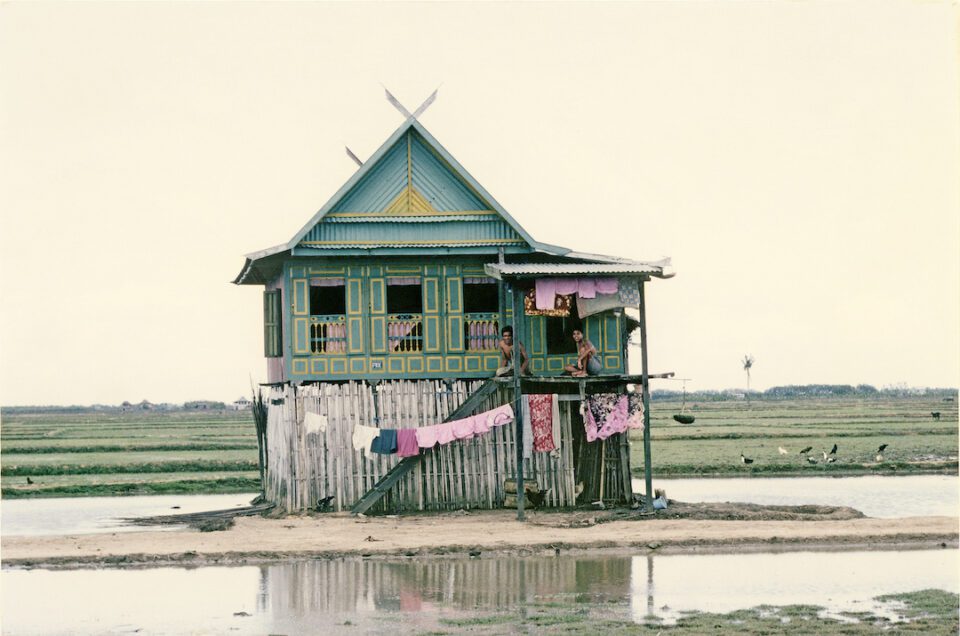
Historically, FOTO/INDUSTRIA has consistently presented artists who interrogate industry, labour and architecture with acuity. In 2023, the biennial explored post-industrial landscapes across Europe and Latin America, including work by Edward Burtynsky, whose large-format images of industrial sites confront viewers with human impact. Previous editions have examined migration, mechanisation and urban transformation, weaving personal and collective narratives across borders. Each iteration foregrounds the intersection of artistic practice and societal context, cultivating intellectual, aesthetic and ethical dialogue.
Accessibility remains central to the biennial’s ethos. By situating exhibitions in historical and civic spaces with free admission, FOTO/INDUSTRIA encourages visitors to become co-inhabitants of the photographic narratives, rather than passive observers. This engagement enhances the thematic resonance of the work, prompting reflection on how structures, routines and the aesthetics of home shape collective experience.
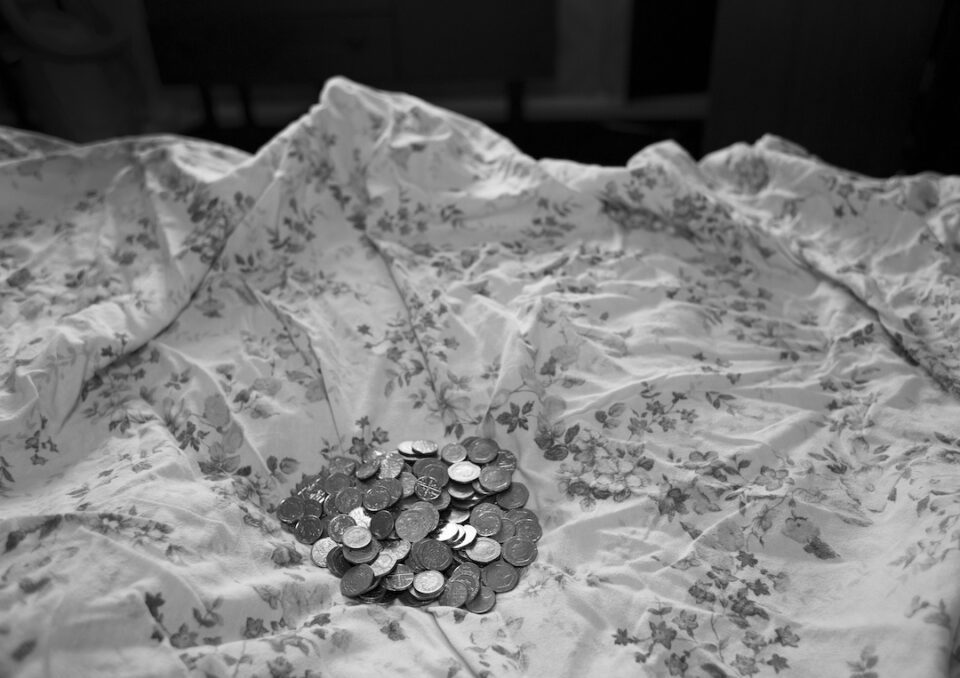
In an era where work, domestic life and digital mediation increasingly overlap, FOTO/INDUSTRIA 2025 assumes particular relevance. By centring the home, the biennial interrogates sustainability, technology and socio-political forces, demonstrating that photography is a tool for ethical and cultural insight. Wall exemplifies this by rendering the complexities of living and working under late-capitalism.
Ultimately, the seventh edition reaffirms FOTO/INDUSTRIA’s position within the global photography landscape. It is a space where past and present converse, local and international narratives intersect, and photography’s critical capacity is deployed to understand contemporary life. From Bejenaru’s riverside villages to Cartagena’s suburbs, from Forensic Architecture’s reconstructions to Wall’s staged tableaux, the biennial offers a panoramic exploration of the world – physically, socially and imaginatively.
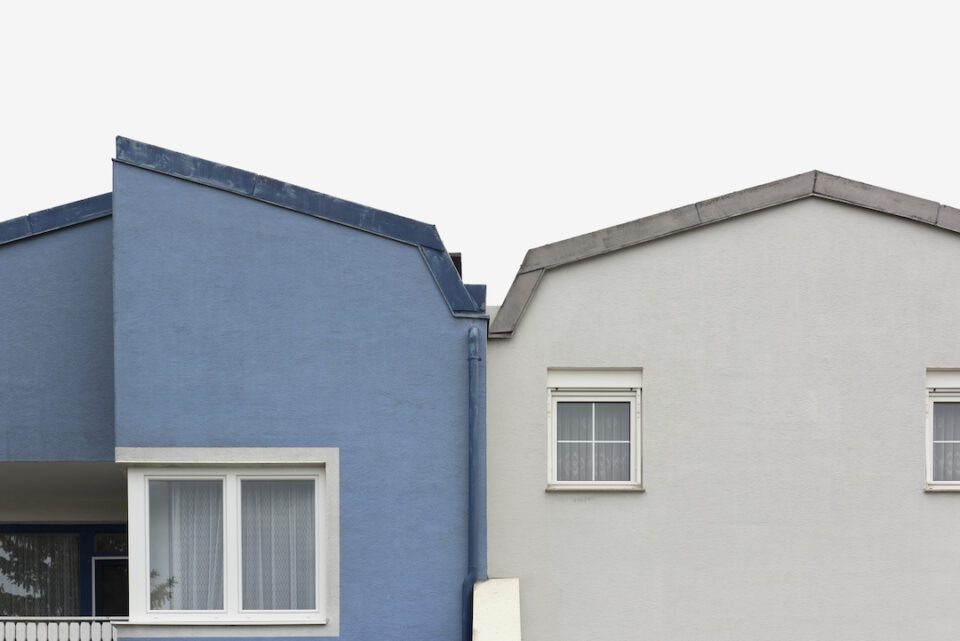
FOTO/INDUSTRIA illustrates photography’s power to illuminate the unseen structures of daily life, prompting reconsideration of the environments we occupy and the societal forces that shape them. As audiences navigate Bologna’s streets and historic galleries, they encounter multiple iterations of home: its promise, its contradictions and its enduring significance. The seventh edition reminds us that photography, when thoughtfully curated and critically engaged, extends beyond documentation; it is a means of understanding, questioning and inhabiting the spaces that define us.
In doing so, FOTO/INDUSTRIA transcends the conventional boundaries of a biennial. It becomes a forum for dialogue, a laboratory for cultural inquiry and a celebration of photography’s ability to illuminate intersections of labour, technology, domesticity and identity. As Bologna once again becomes a hub for international artistic exchange, FOTO/INDUSTRIA invites audiences to inhabit the concept of home, to consider the unseen mechanisms of work and industry, and to engage with photography as both witness and agent of understanding. In doing so, it secures its place not only as a major international event but also as a vital contributor to the ongoing discourse on contemporary life, work and survival.
FOTO/INDUSTRIA, Fondazione MAST | 7 November – 14 December
Words: Simon Cartwright
Image Credits:
1. Jeff Wall, Overpass, (2001). © Jeff Wall. Courtesy: Private Collection Gagosian.
2. Doris Pollet – Kammerlander. Private archive image of the finished houses of Gerlitzgründe, Graz, from a rooftop. (1996). ©: Doris Pollet – Kammerlander.
3. Alejandro Cartagena, Fragmented Cities, Escobedo. (2005 – 2010). From Suburbia Mexicana, Fragmented Cities © Alejandro Cartagena.
4. Jeff Wall, Volunteer, (1996). © Jeff Wall. Courtesy: Glenstone Museum.
5. Ursula Schulz-Dornburg, Bugis Houses, (1983). Bugis Houses / Sulawesi © Ursula Schulz-Dornburg.
6. Kelly O’Brien, Saved Twenties, (2022).
7. Julia Gaisbacher, My Dreamhouse is not a House, (2019). 40 – part photo series © Julia Gaisbacher


